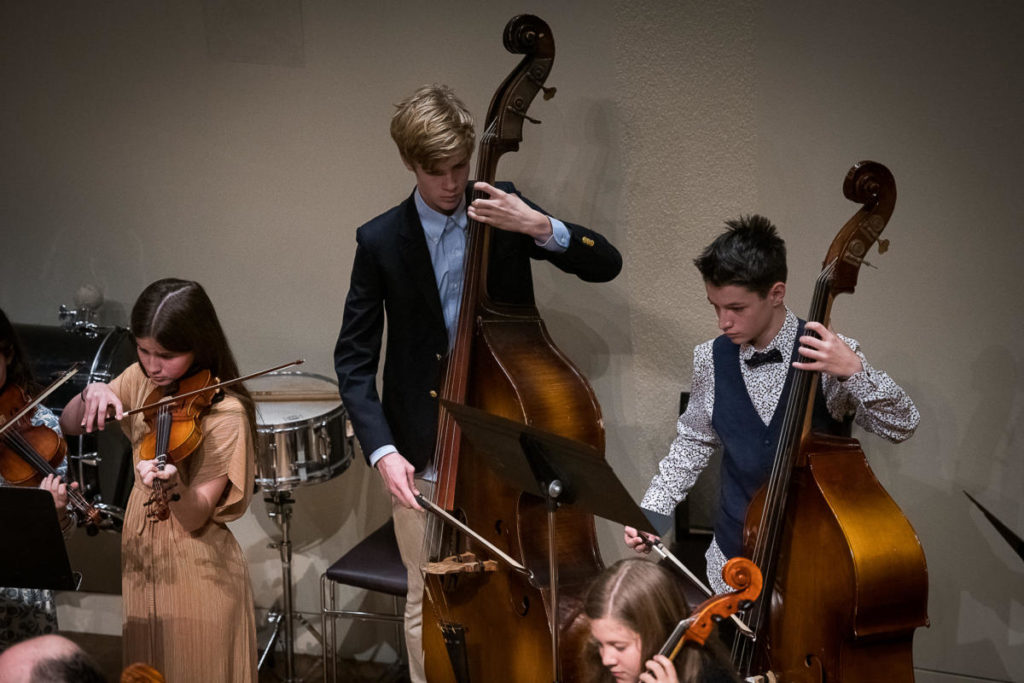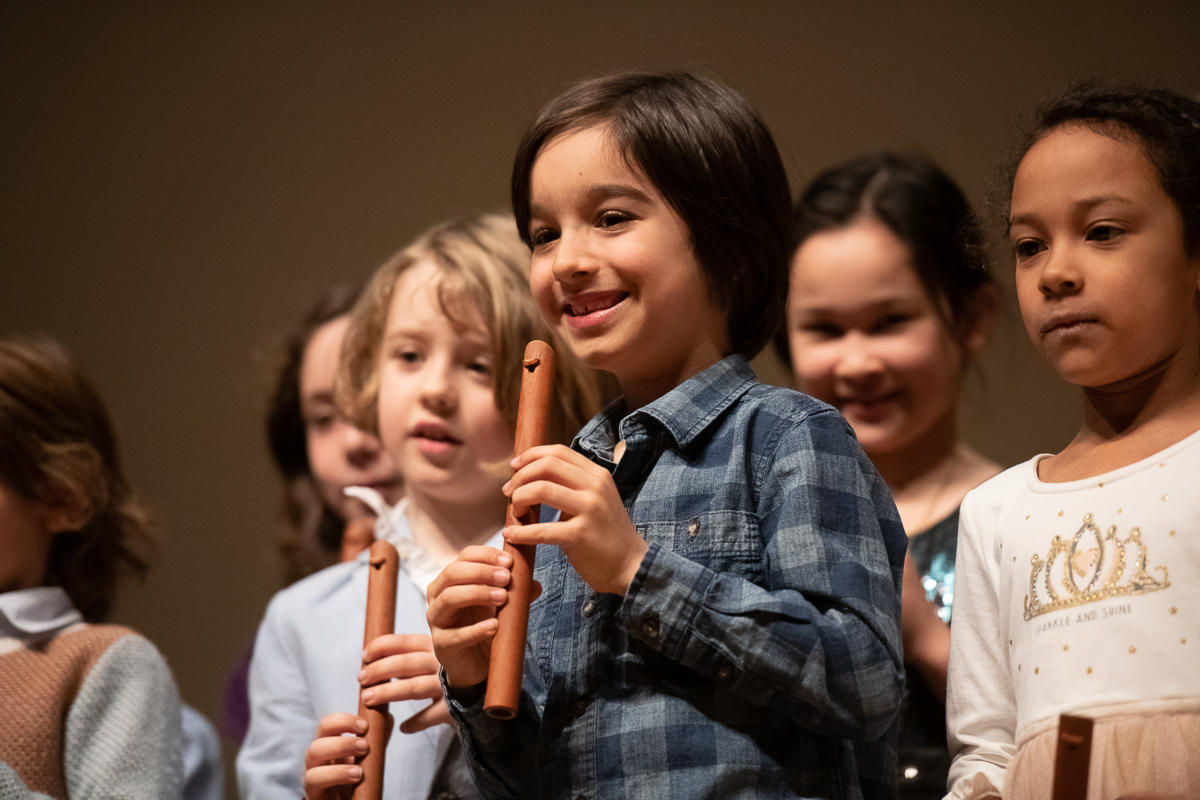Why We Teach Music in a Waldorf School – PART 1
By Jeff Spade – Rudolf Steiner School Music & Drama
“If I were not a physicist, I would probably be a musician. I often think in music. I live my daydreams in music. I see my life in terms of music.”
— Albert Einstein
What makes teaching music in a Waldorf School unique? One of the easiest places to observe this may be in the Early Childhood classrooms where, if you spend enough time, you will see the children, led by their devoted teachers, literally singing throughout the day. A simple song announces everything from the end of playtime, the beginning of circle time, the start and finish of lunchtime, and the best part of the day, park time!
Naturally, it doesn’t stop there. There are many times throughout the day when the sound of the children’s voices in harmony or a recorder ditty played in one of the elementary classrooms on the third floor can be heard clear as a bell from the front desk on the first floor.
Moving over to the Upper School building, the joyful noise continues on any given day when you might feel the thunder of the Brazilian Drumming Ensemble rumbling from the Ground Floor, the lilting tunes of the Jazz Band playing a standard, or the High School Chorus executing a complicated South American choral work in four-part harmony. These ensembles are also noticed by our neighbors, as described in the New York Times article A Band’s Progress Through the Seasons by Karen Binder-Brynes.
The reason we teach music, however, goes much deeper than simply accessing the performing arts. What is it about music that is not only essential but, even more deeply, a defining human experience? What does the practice of singing and playing an instrument have to do with the principles of Waldorf education?
When we consider the task of the Waldorf School in educating students in the three-fold manner most commonly described as “head, heart and hands,” we get a glimpse of how music has a direct and meaningful effect on the whole human being. In order to fully appreciate the impact of music on the three-fold being, it’s important to understand the elements of music as best we can.
If you were to look up the answer to the question, “What is music?” you would find endless variations of the question and a slew of definitions that would most likely leave you unsatisfied, while not even nearing the true sense of your own experience. Words like “beauty of form, harmony, and expression of emotion” (dictionary.com) are helpful, yet not complete.
We can attempt to bring music into the physical realm by breaking it down into the basic elements: melody, harmony, and rhythm. It is through examining these three elements that we begin to see the connection to how music is a purely human art form and lives in every aspect of the body.

Ask yourself the definition of melody and you’ll find yourself stumbling over the definition in much the same way as if you had been asked to describe the color green. The melody is what the piece is about, so what is it? As with the color green (green is the color between blue and yellow on the visible spectrum. It is evoked by light which has a dominant wavelength of roughly 495–570 nm.; Wikipedia), the best way to answer this question is scientifically.
A melody is a series of individual pitches put together in a sequence. That’s all. The clearest example of this is found in Gregorian Chant, the monophonic music of the early Church that in its earliest form contained only a single melodic line. Whether this sequence recreates familiar tunes like “Happy Birthday” and Beethoven’s familiar “Ode to Joy,” or whether it is intellectualized and digitalized in 20th C. avant-guarde compositions or sampled digitally as house music, the concept is the same. A single pitch, followed by another, in a sequence that may or may not become recognizable.
Harmony is a bit easier to grasp although equally hard to define without becoming subjective. In simple terms, harmony is more than one tone sounding at the same time, otherwise known as a chord. In most cultures, harmony develops from a simple melody to adding gradually more complex and layered tones such as those found in the close harmonies of the Bulgarian State Television Female Choir or the recently discovered complex contrapuntal rhythms of the nomadic Aka Pygmies, one of the most ancient cultures existing on the planet.
Simply put, harmony takes a single tone and pairs it with another, causing these tones to vibrate with and against each other, allowing the human ear to perceive and react in a variety of ways. Modes like major and minor, combined with compositional forms and styles ranging from sonorous to atonal and polytonal music now bring subjectivity and feeling to music. We form opinions about whether we like or dislike a piece of music depending on how it makes us “feel.” World religions recognize the power of music to sing praise to their deities; consider, for instance, Gospel tunes, or the chanting of Japanese Zen Monks.
The definition of rhythm is also challenging to answer in plain words. Although the attributes of rhythm can be applied to every aspect of living, scientifically speaking, rhythm is the division of sound into time, originating from the Greek rhuthmos meaning “to flow.” Whether your beat flows easily like in rhythm and blues or angrily like the tempestuous music of Holst’s “Mars: The Bringer of War” from his devastating suite The Planets, we can all feel a connection to the primal nature of rhythm and its inextricable link to music.
…To be continued


